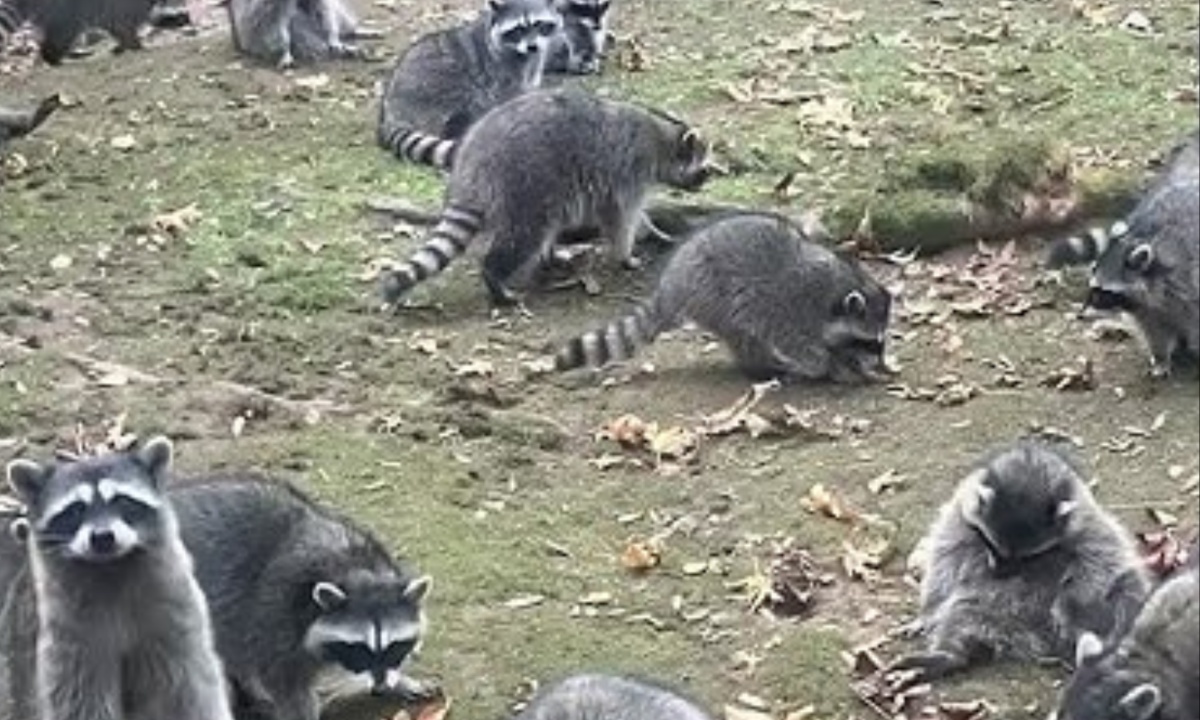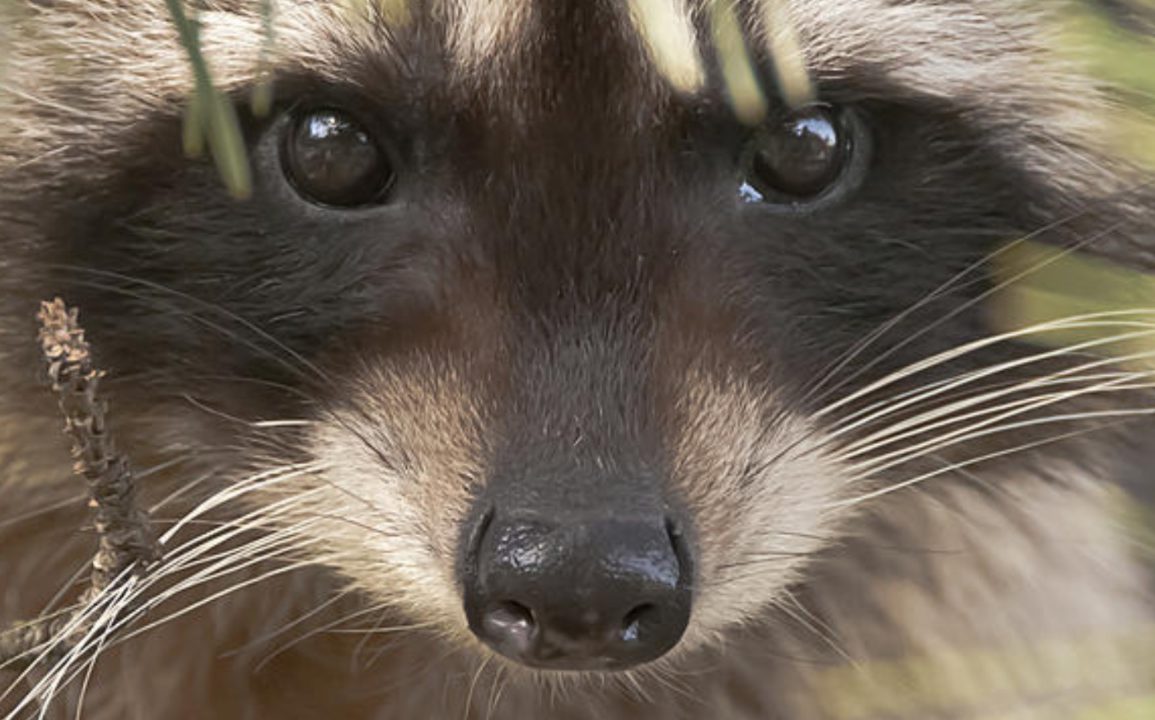A North Kitsap woman called 911 last Thursday after being surrounded by an estimated 100 raccoons at her home near Miller Bay Road, just north of Suquamish. The woman, who has been feeding wildlife for decades, found herself overwhelmed by the large number of raccoons that had recently become more aggressive.
A video shared by the Kitsap County Sheriff’s Office showed the raccoons in her backyard, while a deputy estimated the total number of animals to be around 100. The raccoons had begun congregating in the woman’s wooded yard about six weeks ago, with their behavior growing more concerning over time.
According to the woman, she had been feeding raccoons for over 38 years, but never in such large numbers or with such aggressive tendencies. The deputy at the scene relayed that while the raccoons were normally tame, a new group had begun to surround her whenever she tried to leave her home.
The raccoons would swarm her and scratch at the windows and walls, particularly when she did not feed them. The woman was fearful and called for help, but the deputies reported that the raccoons were not aggressive when they arrived, allowing her to safely leave the property.

The situation prompted Kitsap County 911 to contact the Washington Department of Fish and Wildlife (WDFW), which referred the woman to their “wildlife control operators” program. This program connects residents with private, certified trappers who can handle small animals like raccoons. Under state law, any trapped animals must either be released on-site or euthanized.
The WDFW emphasized the dangers of feeding wildlife, particularly when it leads to large gatherings of animals in one area, as it can spread diseases and attract predators, potentially endangering humans.
WDFW spokeswoman Bridget Mire explained that while feeding wildlife might seem harmless, it is generally discouraged due to the potential risks it poses. Wildlife that congregates around human food sources can lose their natural fear of people, making them more likely to approach homes and interact with residents.
Furthermore, the presence of large groups of animals can lead to the spread of disease and the attraction of larger predators, which increases the risk to people and pets. As a result, the WDFW advises against feeding wildlife, although there are no specific state laws banning it unless it involves larger carnivores like bears or wolves.
While there is no indication the woman violated any laws by feeding the raccoons, there are local ordinances in some areas that restrict the feeding of wildlife.
The WDFW, however, advises residents to refrain from such practices, as it can lead to problematic interactions with animals and can endanger both people and wildlife. The situation serves as a reminder of the unintended consequences of feeding wildlife and the importance of keeping animals wild and cautious of human interaction.

